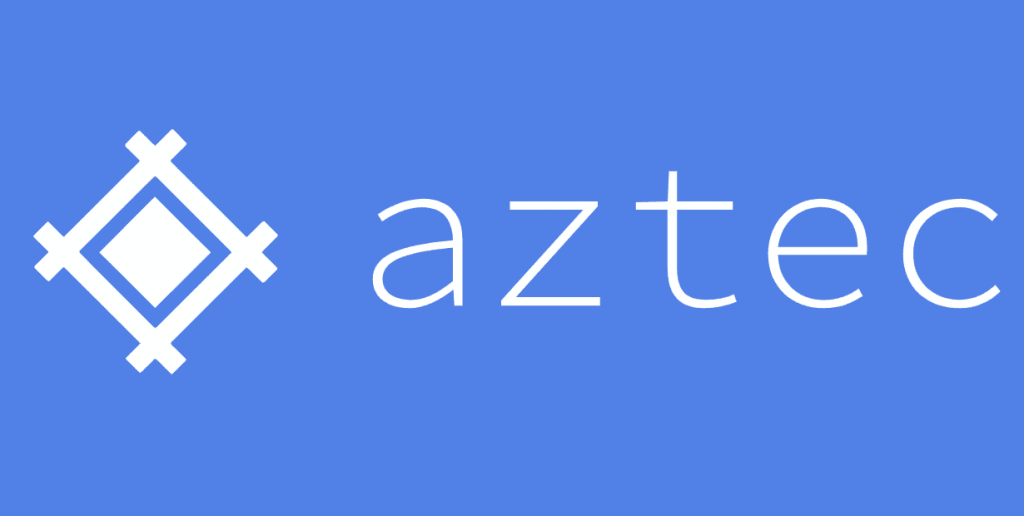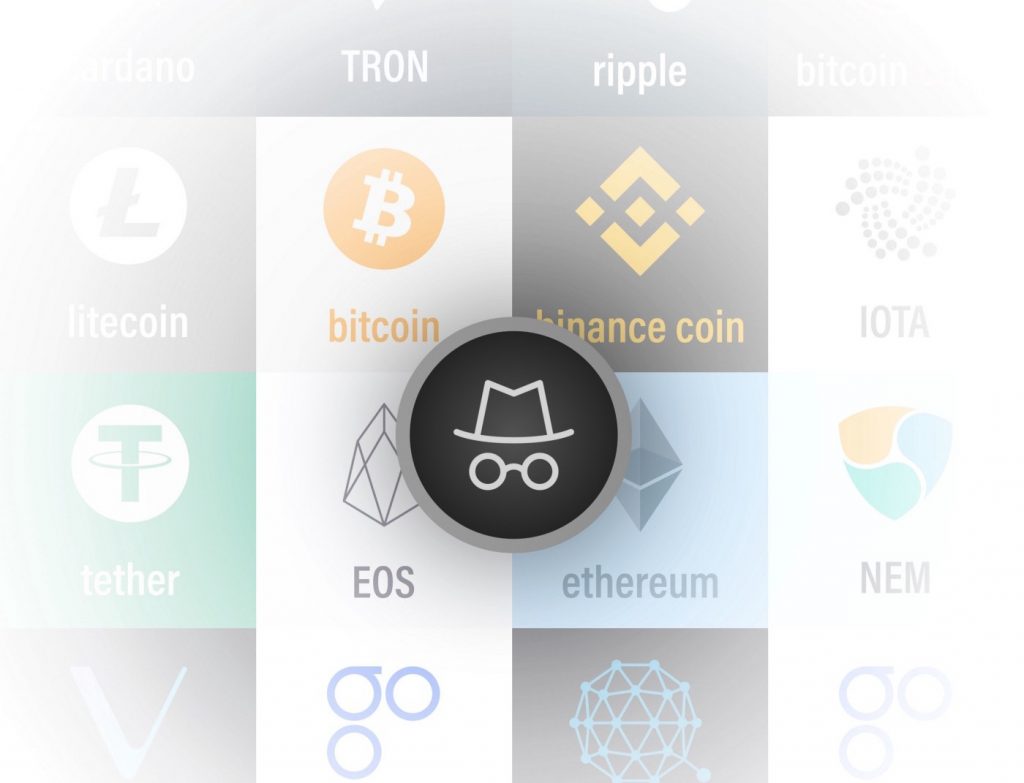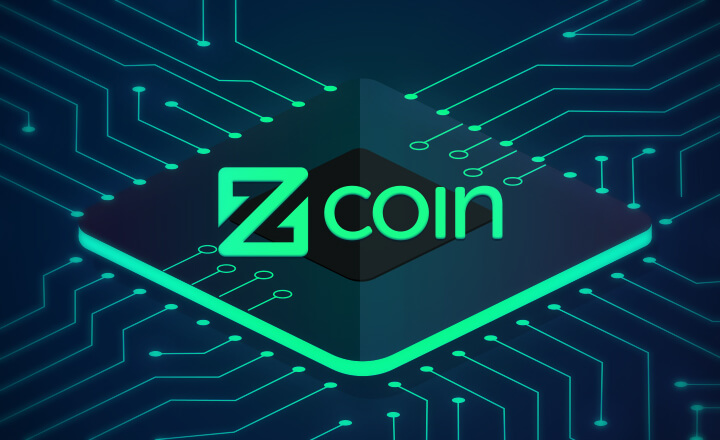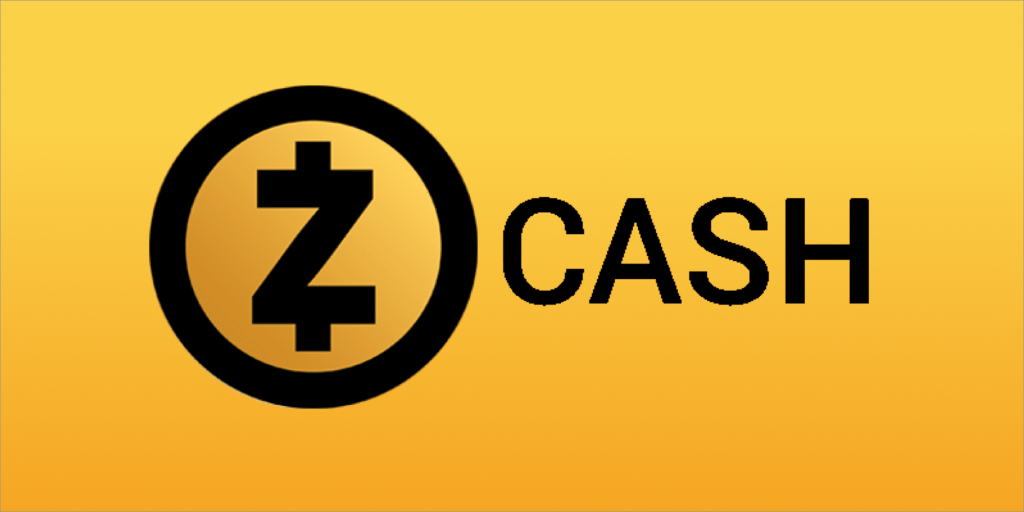
Many have speculated that 2020 will be the year that Privacy Coins take the crypto markets by storm. Whether due to stricter KYC requirements, political censorship, or physical safety, the need for a blockchain privacy solution has never been more urgent.
There are now dozens of Privacy Coins worth millions in total market cap. What makes them unique? You could spend months studying the different governance structures, scalability features, development funding approaches – the list goes on. Luckily, there are only a handful of different technical approaches to mixing or hiding your data on a blockchain.
In this article, we’ll look at the ten most important privacy coins and protocols today. Moreover, we also dive into the various technologies that make them private.
Privacy Coins and Anonymity Set
This article is going to talk a lot about anonymity set. If Alice sends Bitcoin to Bob and uses a mixer, the anonymity set is the number of equally likely receivers of the transaction. A larger anonymity set means better privacy. This is metric to focus on when you talk about Privacy Coins, crypto mixers, etc.

If you want to learn more useful tools like this, join our Blockchain Privacy and Cryptography Course. We’ve had literally hundreds of students register in the first couple weeks who are now watching lectures, completing assignments, and expanding their skills as a trader, developer or enthusiast.
10. Dash (DASH)
One of the earliest Bitcoin privacy schemes was CoinJoin. Bitcoin transactions are made of inputs and outputs, and you can have as many as you’d like of either – they just have to balance out to zero (with the fee). That means Bitcoin users can create ‘pooled’ transactions, where every input is equally likely to be connected to each output. The only problem is, someone needs to coordinate everything.

Dash was an early fork of Bitcoin launched as ‘Xcoin’. It later became Darkcoin and finally took the name Dash, for ‘Digital Cash’. Dash uses masternodes to implement a trustless version of CoinJoin called PrivateSend. Like all good CoinJoin implementations, Dash lets users do many PrivateSends in a row. This increases the anonymity set exponentially with each additional round.
Nevertheless, PrivateSend still isn’t as robust a privacy solution as Monero or Zcash. It mixes in different denominations, and it’s still just decorrelating the sender and receiver — not really shielding. But, a practical anonymity set is always limited by the total number of participants, and Dash does have that, with an impressive $800 million market cap as of this writing.
9. Verge (XVG)
Verge combines two different privacy features: Tor to hide users’ IP addresses, and stealth addresses to hide the identity of the receiver. With any blockchain transaction, the first node(s) to receive the broadcast transaction could theoretically tie your IP address to your Bitcoin account. Verge uses Tor to mask IP addresses on all transactions by default.

Stealth addresses build on the same principles as hierarchical deterministic wallets: generate a practically unlimited number of unique addresses with only one password. This makes the anonymity set equal to every other unknown user. However, if I receive Verge to two different addresses, it’s still possible to link the UTXOs when I send a new transaction. But at the end of the day, Verge doesn’t seem focused on privacy. It’s winning privacy coin crypto users by combining privacy features with other features related to scaling or speed, and it seems to be working.
8. Aztec Protocol
While Ethereum doesn’t have privacy features and likely won’t, Ethereum privacy coin crypto projects are innovating layer-2 solutions that mimic the UTXO-model of Bitcoin and other privacy coins. Aztec is one such project. This project lets developers add privacy to their dApps in a simple and concise way using the Aztec Cryptography Engine (ACE), a smart contract that coordinates and records private exchanges of Ethereum and ERC-20 tokens.

Moreover, Aztec has got a headquarter in London with connections to “traditional elite finance universities.” It’s clear they’re a serious team, and it puts them in the same camp with Ethereum, Beam, and Zcash, as projects rgat embrace legacy systems with central development teams. These projects are more likely to be venture-funded and make sacrifices when needed to play nice. Keep a close eye on Aztec as they move from shielding assets to shielding smart contracts and move into Ethereum business dApps.
7. Incognito Protocol
Incognito is Aztec’s black sheep brother. Originally developed by a small team of hackers and researchers in Vietnam, it’s taken a ‘platform’ approach to privacy. They’ve established a sidechain with ~1,000 validators with stealth addresses and ringCT, and built bridges to the Ethereum network, the Binance network, and every other blockchain. Users can mint ‘private versions’ of any coin on the Incognito blockchain, backed 1:1 by a real coin in a trustless escrow. Anonymity set is the number of coins held in escrow.

Incognito appears to be the first operating a trustless, inter-chain mixing service like this and is about to launch shielding for smart contracts as well. The anonymity set here is the total number of coins in escrow of each type. Incognito is currently working on confidential assets, an important step forward that allows multi-asset crypto networks to hide the type of asset being transacted. That will increases the anonymity set even further.
6. Beam (BEAM)
In 2016, a mysterious paper appeared on a Bitcoin IRC full of Harry Potter references (ooo, this is good already) and a magical new approach to scaling and privacy. MimbleWimble uses tried-and-true Elliptic Curve Cryptography and cut-through to create a more lightweight blockchain which has a lot of potential when it comes to privacy. While there are still some kinks to work out with MW, it’s already far more private than Bitcoin while actually requiring less computational resources.

Beam is the shirt-and-tie half of the MW duopoly. Based in Tel-Aviv, Beam is focused on user-friendliness and perfecting the MW technology. Their latest project, LelantusMW, is closely tied to Zcoin. Watch Beam develop the ultimate technical implementation of Beam over the next couple of years, and how it scales compared to the others.
5. Grin (GRIN)
Not long after the original MimbleWimble paper was made public, another pseudonymous paper was released with Grin. This became the first implementation of MimbleWimble (MW). Grin is the cypherpunk half of the MW pair. While Grin development launched a few months ahead of Beam, their mainnet went live a few weeks after Beam. Twitter trolls aside, the two projects are quite friendly and collaborate on several aspects of MimbleWimble development.

One of the more exciting developments of Grin is Grinbox. Grinbox is another decentral project that brings the user experience of Grin in-line with other privacy coins and cryptocurrencies. Specifically, it does so by giving users an ‘address’ of sorts and allowing users to post transactions while the counterparty is offline.
MimbleWimble uses something called “Elliptic Curve Cryptography”. This is the same technology behind the Secp256k1 address/signature scheme that Bitcoin uses. In our Blockchain Privacy and Cryptography Course, you’ll learn how ECC works and be able to appreciate the elegance of MimbleWimble’s approach. People just like you are learning valuable skills for the blockchain industry online, right now. Why not join them?
4. Zcoin (XZC)
Zero-knowledge proofs were first introduced to blockchain in 2013 by the Zerocoin paper. This was a way for Alice to send money to Bob (because that’s all she wants in life, right?) while mixing their identities in a trustless way. Not to be confused with Zcash, Zcoin was the first cryptocurrency to use zero-knowledge proofs and remains on the leading edge of privacy blockchain technology.

The original zerocoin protocol created tons of excitement and a lot of forks. However, many vulnerabilities were later found, and most projects based on the zerocoin protocol have since folded. Lucky, the Zcoin team had innovated their way out first with Sigma, and most recently with Lelantus. This goes to show the value of a resilient ecosystem around Privacy Coins.
3. Zcash (ZEC)
“Bitcoin is digital gold, and Zcash is digital cash”. This quote came from Tyler Winklevoss (yes, that Winklevoss) when Gemini took on Zcash as its second cryptocurrency in 2016. Zcash shields all information, making it virtually impossible to find any information about the transaction. Although the transactions are hidden behind a “shield”, most of the traffic is done still visible due to t-addresses, or ‘transparent’. Your anonymity set on Zcash is all private transactions on the network. Furthermore, the low volume makes it possible to correlate transactions based on the time.

Zcash uses zk-SNARKs, a recent and confounding form of zero-knowledge proofs which few understand – as even Zooko himself admits. For this reason, many are suspicious of it when compared to something like Grin, which only uses tried-and-true ECC. Zcash is stewarded, for all intents and purposes, by Zooko, one of the OG’s of private currency for decades before cryptocurrencies. With a mix of community funding and venture backing, Zcash is perhaps the most technically sophistically privacy project with strong institutional support.
2. Monero (XMR)
In 2014, yet another pseudonymously-authored whitepaper emerged from the BitcoinTalk forums called Cryptonote. Monero was launched soon after and became completely community-driven with a small team of mostly-pseudonymous core team members stewarding the project at the miners’ pleasure. Over the years, it has added features like Confidential Transactions and Dandelion. It also continues to fight back the ASICs and is emerging as the de facto darknet currency. Consequently, many views this as the privacy coin crypto lovers are most likely to know.

The largest ‘Privacy Coin’ by market cap, Monero, is the bad-boy brother to Zcash. As far back as 2016, Monero was being used in ransomware and crypto-jacking attacks. As such, this makes it one of the few privacy coins to have found a use case. Several examinations of Monero have laid various weaknesses and vulnerabilities bare over the years. However, all of which have been addressed satisfactorily by the core team and paid for through community donations.
1. Bitcoin (BTC)
Is this a blatant attempt to avoid picking a winner?! Probably. But you can’t deny that Bitcoin is still the most-used currency for transactions where privacy is a concern. Despite all these privacy coins, crypto still mostly means Bitcoin, and that has an impact on privacy and privacy coins. Moreover, the upcoming 2020 Bitcoin halving means the premier cryptocurrency is hotter than ever. It’s difficult to obscure data on the Bitcoin graph, but it offers the biggest crowd to get lost in. And when the theoretical anonymity set translates to actual, this is usually the most salient point.

The Bitcoin chain is monitored closely by government agencies all over the world, but there are ways to cover your tracks:
CoinJoin – either through a service or with some friends
Use a wallet with privacy features like Samauri or Wasabi
Use layer 2 privacy solution like Lightning network, or a sidechain like Incognito.
‘Clean’ your Bitcoins with one of the privacy coins mentioned above.
Still looking for more? Check out our Blockchain Privacy and Cryptography Course on the Ivan On Tech Academy. We also have courses on DeFi, Ethereum Smart Contracts, Blockchain security, Lightning Network, and a ton more. There’s nowhere else to get this level of training in blockchain today, and no better time to start than right now.
By Grant Hawkins (Twitter: @granawkins)





